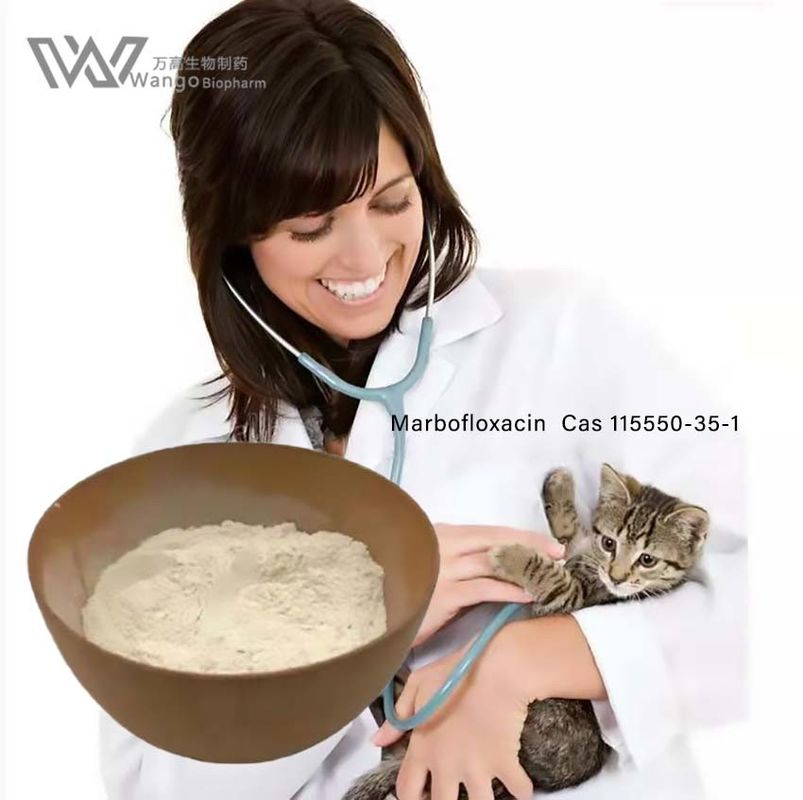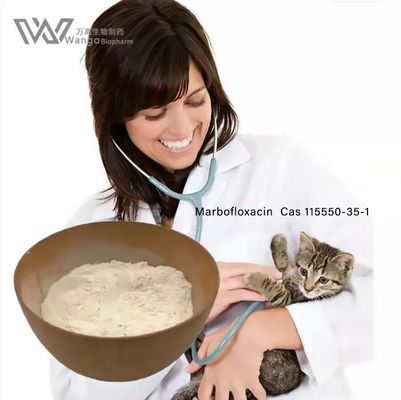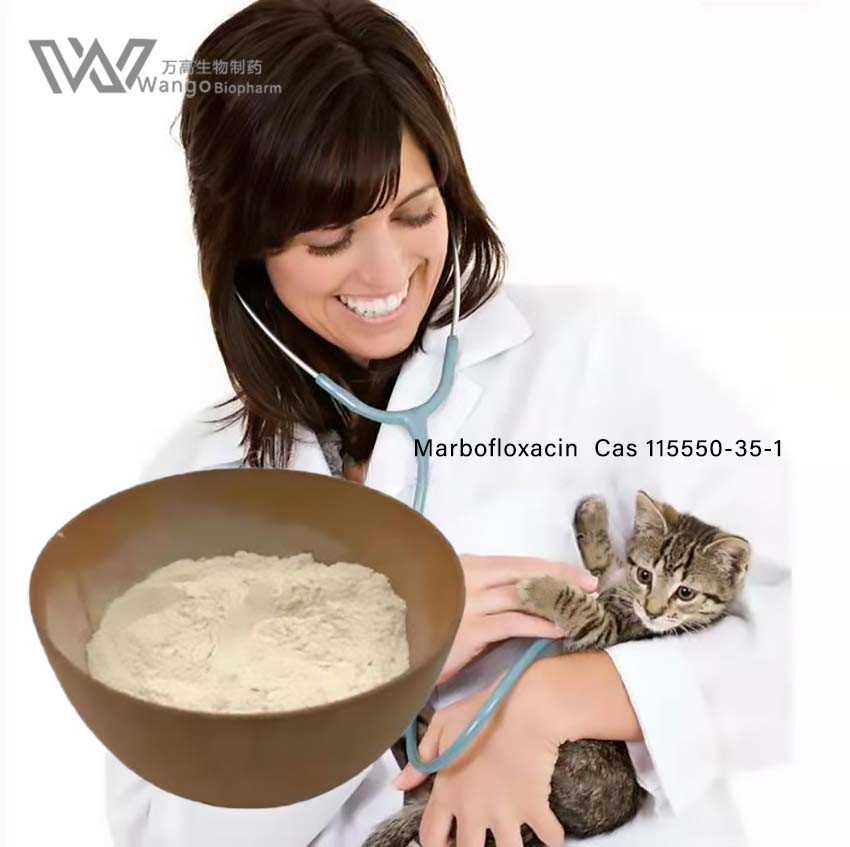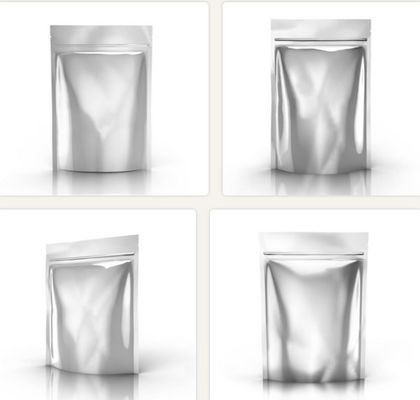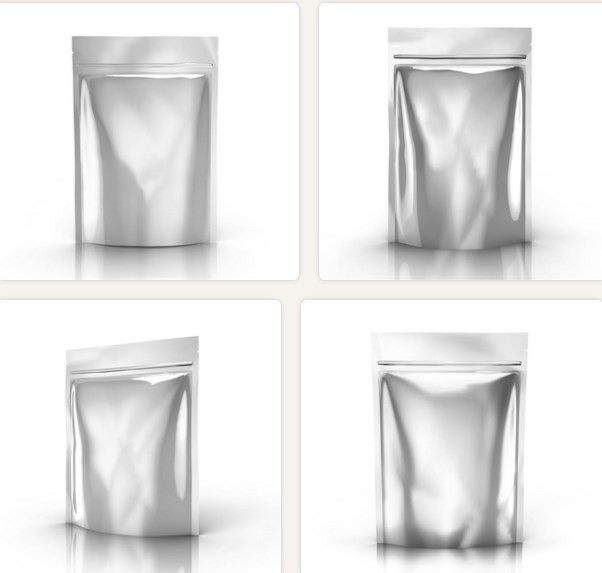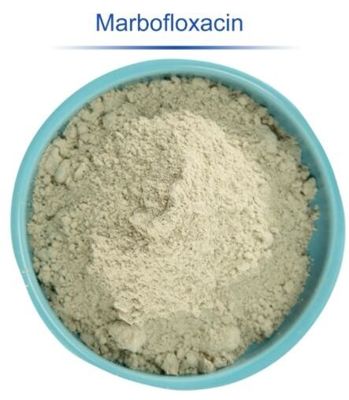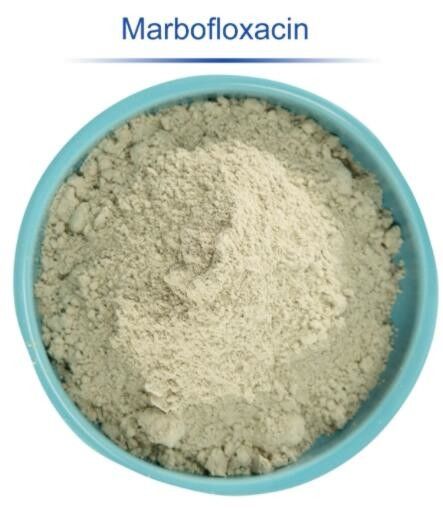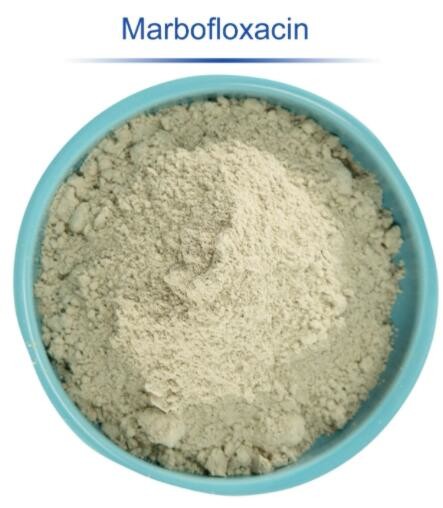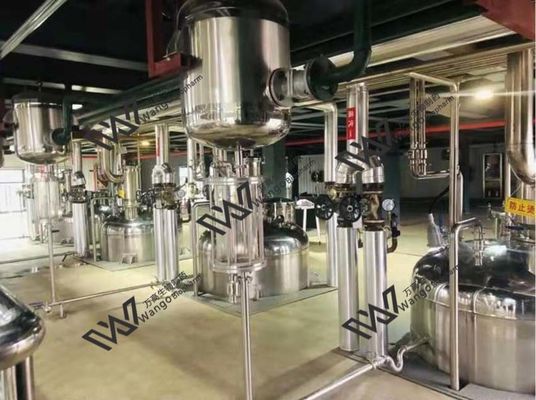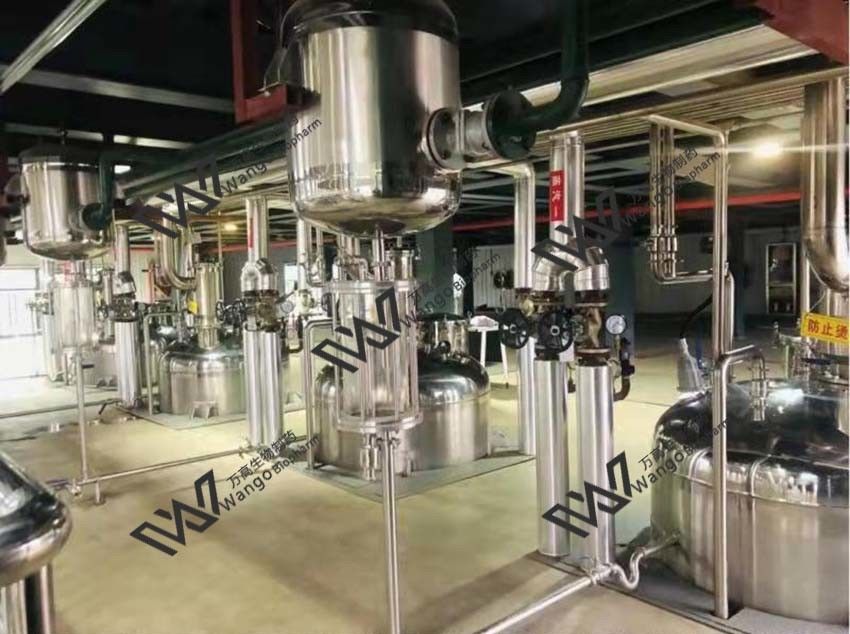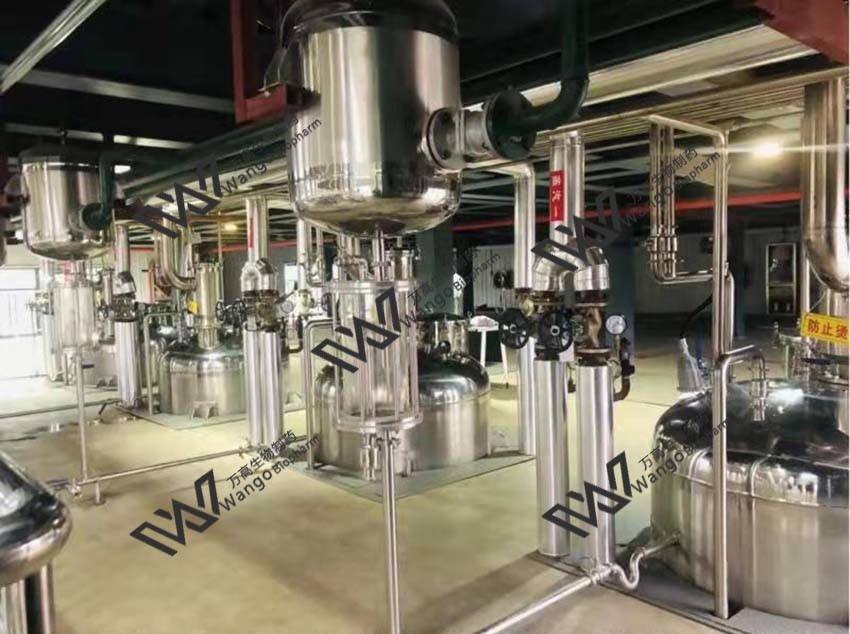Background
Human beings have been at odds with microbes since the beginning of time and the quest for new medications continues even today. When sulfa drugs came on the scene in the 1940s, an age of antibiotics was born and a new dimension opened in the combat against microbes. From there a proliferation of antibiotics were developed, each new medication exploiting a different aspect of bacterial metabolism until it seemed that the war on microbes would soon be won.
Despite this progress, one particular bacterial species remained seemingly invincible: Pseudomonas aeruginosa. This species was able to change its antibiotic susceptibility with each antibiotic exposure and become resistant to multiple drugs in response to every medication used against it. Eventually, the aminoglycoside class of antibiotics was developed and there was finally a way to kill Pseudomonas fairly reliably but the price was that medication was injectable only, necessitating hospitalization for the patient, and potential kidney damage could result with prolonged use.
A major breakthrough against Pseudomonas came with the development of the fluoroquinolone class of antibiotics (beginning with enrofloxacin, its counterpart for human use ciprofloxan, and eventually marbofloxacin and others). These medications are active against many bacterial types including Pseudomonas. They are available as tablets and are not associated with the serious side effects that plagued the aminoglycoside group. Marbofloxacin is a veterinary fluoroquinolone designed to provide a safe and more convenient means of treating infections where aminoglycoside antibiotics might have been selected in the past.
How this Medication Works
Fluoroquinolones work by deactivating bacterial enzymes necessary for the transcription of DNA. DNA is tightly coiled in order to fit inside a cell. Segments to be used must be uncoiled by an enzyme called DNA gyrase. The fluoroquinolone antibiotic deactivates DNA gyrase, making the reading of DNA impossible. The bacterial cell dies. Mammalian DNA gyrase is of a completely different shape and remains unharmed.
How this Medication is Used
This medication may be used in either dogs or cats to combat different types of infections, especially those involving Pseudomonas. Marbofloxacin is also active against Staphylococci, and thus might be used for skin infections but it is not felt to be a first line drug and is generally reserved for resistant infections.
Marbofloxacin is not helpful against anaerobic infections (such as are typical in the mouth or in ), however, but it is commonly combined with other antibiotics for a boost in function.
- Marbofloxacin is best given on an empty stomach but if nausea becomes an issue, it can be given with food.
- It is usually given either once or twice daily as a tablet. If a dose is accidentally skipped, do not double up on the next dose.
- Do not use cheese (or other dairy product) as a treat to hide the pill as calcium will interfere with its absorption.
- Tablets should be stored at room temperature, protected from light.
- Dose adjustments may be needed for patients with liver or kidney disease.
Side Effects
As with most oral medications, the most common side effects of marbofloxacin are related to the GI tract: vomiting, diarrhea, reduced appetite. Giving a small amount of food can help with this problem should it arise.
In immature dogs (less than 8 months of age for medium dogs, less than 12 months of age for large breeds, less than 18 months for giant breeds) damage to developing joint cartilage can occur. This phenomenon is only seen in growing dogs and does not seem to be a problem in cats. It is preferable not to use this medication in puppies unless the severity of the infection warrants it.
Enrofloxacin, the first veterinary fluoroquinolone, was found to lead to retinal damage and blindness when used in higher doses in cats. This is because the feline retina tends to accumulate enrofloxacin. Marbofloxacin was developed to have less affinity for the feline retina but it is unknown if this problem still occurs in higher doses.
Fluoroquinolone antibiotics may lower the seizure threshold and increase a patient's tendency to have seizures. This is of no concern in a normal animal but is worth a cautionary statement for patients with a pre-existing or with liver or kidney disease.
Interactions with other Drugs
Sucralfate (a medication used to treat stomach ulcers) may bind marbofloxacin and prevent it from entering the body. These medications should be given at least 2 hours apart if they are used together. A similar phenomenon occurs with magnesium and calcium-containing antacids.
Theophylline(an airway dilator) blood levels may be higher than usual if this medication is used concurrently with marbofloxacin. The dose of theophylline may need to be reduced.
If marbofloxacin is used with oral cyclosporine(an immunosuppressive medication used for cyclosporine), the kidney-damaging properties of cyclosporine may become worse.
Medications or supplements containing iron, zinc, magnesium or aluminum will bind enrofloxacin and prevent absorption into the body. The timing of giving those medications should be separated from marbofloxacin by at least 2 hours. Similarly, do not use cheese seizure disorder (or any dairy product) as a treat to give with marbofloxacin tablets as the calcium can bind the drug and prevent absorption.
Marbofloxacin plasma concentrations were determined over time in healthy adult beagle dogs (6 dogs per dosage group) following single oral doses of 1.25 mg/lb or 2.5 mg/lb. Absorption of orally administered marbofloxacin increases proportionally over the dose range of 1.25 to 2.5 mg/lb. Marbofloxacin plasma concentrations were determined over time in 7 healthy adult male cats following a single oral dose of 2.5 mg/lb. Plasma pharmacokinetic parameters following oral dosing of dogs and cats are summarized in Figures 2 and 3 and in Table 2. Based on the terminal elimination half-life and the dosing interval, steady-state levels are reached after the third dose and are expected to be approximately 25% greater in dogs and 35% greater in cats than those achieved after a single dose. Marbofloxacin is widely distributed in canine tissues. Tissue concentrations of marbofloxacin were determined in healthy male beagle dogs (4 dogs per time period) at 2, 18 and 24 hours after a single oral dose (1.25 or 2.5 mg/lb) and are summarized in Tables 3a and 3b.
Table 1: Mean pharmacokinetic parameters following intravenous administration of marbofloxacin to 6 adult beagle dogs at a dosage of 2.5 mg/lb.
|
Parameter
|
Estimate ± SD* n=6
|
|
Total body clearance, (mL/h•kg)
|
94 ± 8
|
|
Volume of distribution at steady state, Vss, (L/kg)
|
1.19 ± 0.08
|
|
AUC0-inf (μg•h/mL)
|
59 ± 5
|
|
Terminal plasma elimination half-life, t1/2(h)
|
9.5 ± 0.7
|
* SD = standard deviation
Table 2: Mean pharmacokinetic parameters following oral administration of marbofloxacin tablets to adult beagle dogs at a nominal dosage of 1.25 mg/lb or
2.5 mg/lb and to cats at 2.5 mg/lb.†
|
Parameters
|
Dog Estimate ± SD* (1.25 mg/lb) n=6
|
Dog Estimate ± SD* (2.5 mg/lb) n=6
|
Cat Estimate ± SD* (2.5 mg/lb) n=7
|
|
Time of maximum concentration, Tmax(h)
|
1.5 ± 0.3
|
1.8 ± 0.3
|
1.2 ± 0.6
|
|
Maximum concentration, Cmax, (μg/mL)
|
2.0 ± 0.2
|
4.2 ± 0.5
|
4.8 ± 0.7
|
|
AUC0-inf (μg•h/mL)
|
31.2 ± 1.6
|
64 ± 8
|
70 ± 6
|
|
Terminal plasma elimination half-life, t1/2(h)
|
10.7 ± 1.6
|
10.9 ± 0.6
|
12.7 ± 1.1
|
† mean actual dosages administered to dogs were 1.22 mg/lb and 2.56 mg/lb, respectively, and the mean
actual dosage administered to cats was 2.82 mg/lb.
* SD = standard deviation
Figure 2: Mean plasma concentrations (µg/mL) following single oral administration of marbofloxacin to adult beagle dogs at dosages of 1.25 mg/lb or 2.5 mg/lb.
* See Table 4 in Microbiology section for MIC data.
Figure 3: Mean plasma concentrations (µg/mL) following single oral administration of marbofloxacin to adult cats at a dosage of 2.5 mg/lb.
* See Table 5 in Microbiology section for MIC data.
Table 3a: Tissue distribution following a single oral administration of marbofloxacin tablets to adult beagle dogs at a dosage of 1.25 mg/lb*.
|
Tissue
|
Marbofloxacin 2 hours (n=4)
|
Concentrations 18 hours (n=4)
|
(μg/g ± SD) 24 hours (n=4)
|
|
bladder
|
4.8 ± 1.1
|
2.6 ± 1.5
|
1.11 ± 0.19
|
|
bone marrow
|
3.1 ± 0.5
|
1.5 ± 1.5
|
0.7 ± 0.2
|
|
feces
|
15 ± 9
|
48 ± 40
|
26 ± 11
|
|
jejunum
|
3.6 ± 0.5
|
1.3 ± 1.0
|
0.7 ± 0.3
|
|
kidney
|
7.1 ±1.7
|
1.4 ± 0.5
|
0.9 ± 0.3
|
|
lung
|
3.0 ± 0.5
|
0.8 ± 0.2
|
0.57 ± 0.19
|
|
lymph node
|
5.5 ± 1.1
|
1.3 ± 0.3
|
1.0 ± 0.3
|
|
muscle
|
4.1 ± 0.3
|
1.0 ± 0.3
|
0.7 ± 0.2
|
|
prostate
|
5.6 ± 1.4
|
1.8 ± 0.6
|
1.1 ± 0.4
|
|
skin
|
1.9 ± 0.6
|
0.41 ± 0.13
|
0.32 ± 0.08
|
* SD = standard deviation
Table 3b: Tissue distribution following a single oral administration of marbofloxacin tablets to adult beagle dogs at a dosage of 2.5 mg/lb.
|
Tissue
|
Marbofloxacin 2 hours (n=4)
|
Concentrations 18 hours (n=4)
|
(μg/g ± SD*) 24 hours (n=4)
|
|
bladder
|
12 ± 4
|
6 ± 7
|
1.8 ± 0.4
|
|
bone marrow
|
4.6 ± 1.5
|
1.28 ± 0.13
|
0.9 ± 0.3
|
|
feces
|
18 ± 3
|
52 ± 17
|
47 ± 28
|
|
jejunum
|
7.8 ± 1.1
|
2.0 ± 0.3
|
1.1 ± 0.3
|
|
kidney
|
12.7 ±1.7
|
2.7 ± 0.3
|
1.6 ± 0.2
|
|
lung
|
5.48 ± 0.17
|
1.45 ± 0.19
|
1.0 ± 0.2
|
|
lymph node
|
8.3 ± 0.7
|
2.3 ± 0.5
|
2.03 ± 0.06
|
|
muscle
|
7.5 ± 0.5
|
1.8 ± 0.3
|
1.20 ± 0.12
|
|
prostate
|
11 ± 3
|
2.7 ± 1.0
|
2.0 ± 0.5
|
|
skin
|
3.20 ± 0.33
|
0.705 ± 0.013
|
0.46 ± 0.09
|
* SD = standard deviation
Microbiology
The primary action of fluoroquinolones is to inhibit the bacterial enzyme, DNA gyrase. In susceptible organisms, fluoroquinolones are rapidly bactericidal at relatively low concentrations. Marbofloxacin is bactericidal against a broad range of gram-negative and gram-positive organisms. The minimum inhibitory concentrations (MICs) of pathogens isolated in clinical field studies performed in the United States were determined using National Committee for Clinical Laboratory Standards (NCCLS) standards, and are shown in Tables 4 and 5.
Table 4. MIC Values* (μg/mL) of marbofloxacin against pathogens isolated from skin, soft tissue and urinary tract infections in dogs enrolled in clinical studies conducted during 1994–1996.
|
Organism
|
No. of Isolates
|
MIC50
|
MIC90
|
MIC Range
|
|
Staphylococcus intermedius
|
135
|
0.25
|
0.25
|
0.125-2
|
|
Escherichia coli
|
61
|
0.03
|
0.06
|
0.015-2
|
|
Proteus mirabilis
|
35
|
0.06
|
0.125
|
0.03-0.25
|
|
Beta-hemolytic Streptococcus,
(not Group A or Group B)
|
25
|
1
|
2
|
0.5-16
|
|
Streptococcus,
Group D enterococcus
|
16
|
1
|
4
|
0.008-4
|
|
Pasteurella multocida
|
13
|
0.015
|
0.06
|
≤0.008-0.5
|
|
Staphylococcus aureus
|
12
|
0.25
|
0.25
|
0.25-0.5
|
|
Enterococcus faecalis
|
11
|
2
|
2
|
1-4
|
|
Klebsiella pneumonia
|
11
|
0.06
|
0.06
|
0.01-0.06
|
|
Pseudomonas spp.
|
9
|
**
|
**
|
0.06-1
|
|
Pseudomonas aeruginosa
|
7
|
**
|
**
|
0.25-1
|
* The correlation between in vitro susceptibility data (MIC) and clinical response has not been
determined.
** MIC50 and MIC90 not calculated due to insufficient number of isolates.
Table 5: MIC Values* (μg/mL) of marbofloxacin against pathogens isolated from
skin and soft tissue infections in cats enrolled in clinical studies conducted in 1995
and 1998.
|
Organism
|
No. of Isolates
|
MIC50
|
MIC90
|
MIC Range
|
|
Pasteurella multocida
|
135
|
0.03
|
0.06
|
≤0.008-0.25
|
|
Beta-hemolytic Streptococcus
|
22
|
1
|
1
|
0.06-1
|
|
Staphylococcus aureus
|
21
|
0.25
|
0.5
|
0.125-1
|
|
Corynebacterium spp.
|
14
|
0.5
|
1
|
0.25-2
|
|
Staphylococcus intermedius
|
11
|
0.25
|
0.5
|
0.03-0.5
|
|
Enterococcus faecalis
|
10
|
2.0
|
2.0
|
1.0-2.0
|
|
Escherichia coli
|
10
|
0.03
|
0.03
|
0.015-0.03
|
|
Bacillus spp.
|
10
|
0.25
|
0.25
|
0.125-0.25
|
STORAGE CONDITIONS
Store below 30°C (86°F).
HOW SUPPLIED
Zeniquin tablets are available in the following strengths of marbofloxacin and bottle sizes:
25 mg scored tablets supplied in bottles that contain 100 or 250 tablets
50 mg scored tablets supplied in bottles that contain 100 or 250 tablets
100 mg scored tablets supplied in a 50 tablet bottle
200 mg scored tablets supplied in a 50 tablet bottle


 Your message must be between 20-3,000 characters!
Your message must be between 20-3,000 characters! Please check your E-mail!
Please check your E-mail!  Your message must be between 20-3,000 characters!
Your message must be between 20-3,000 characters! Please check your E-mail!
Please check your E-mail! 
